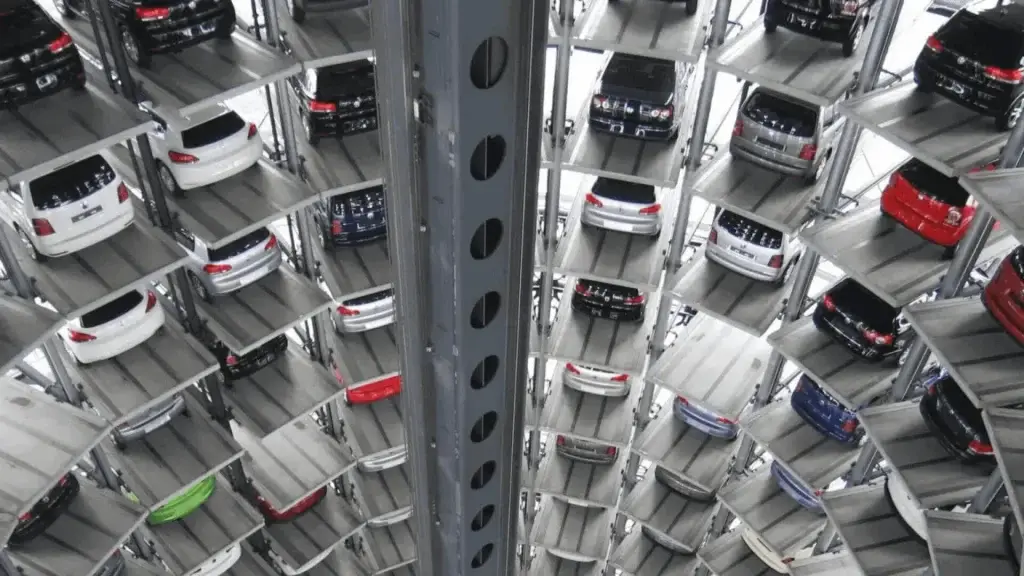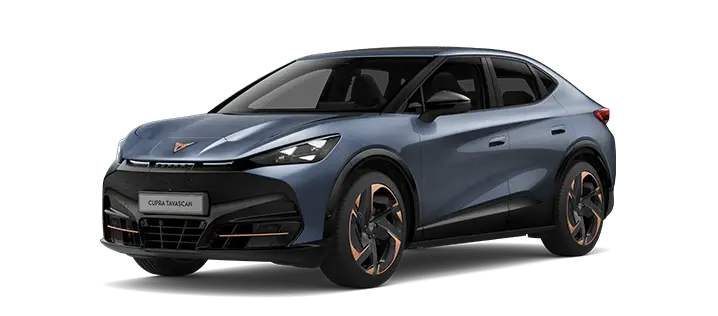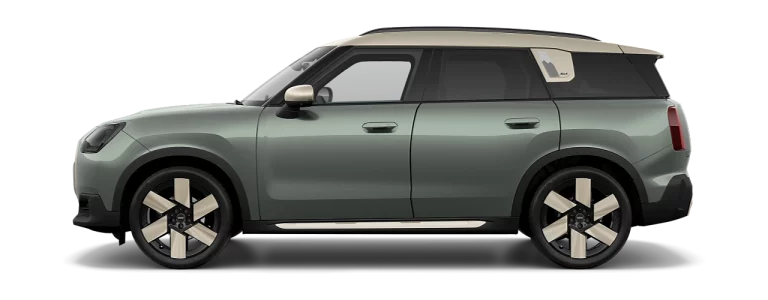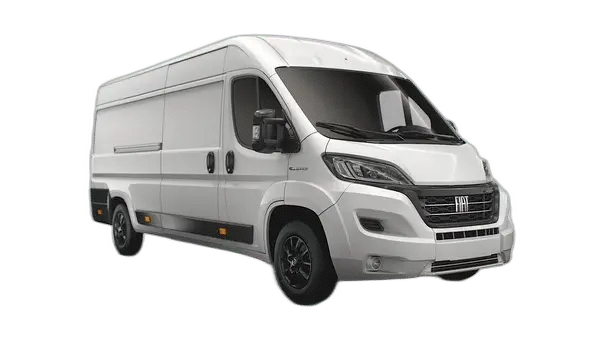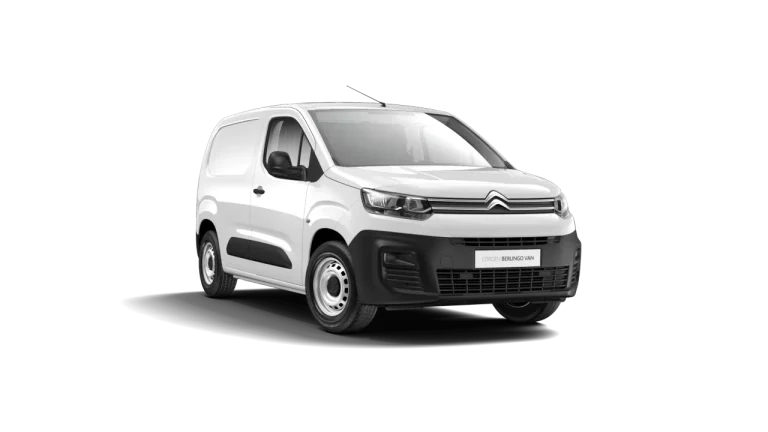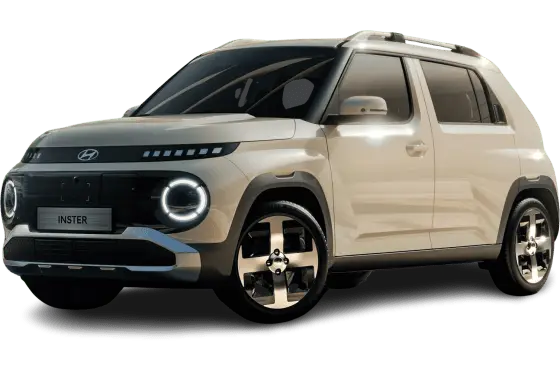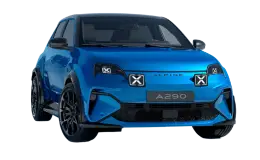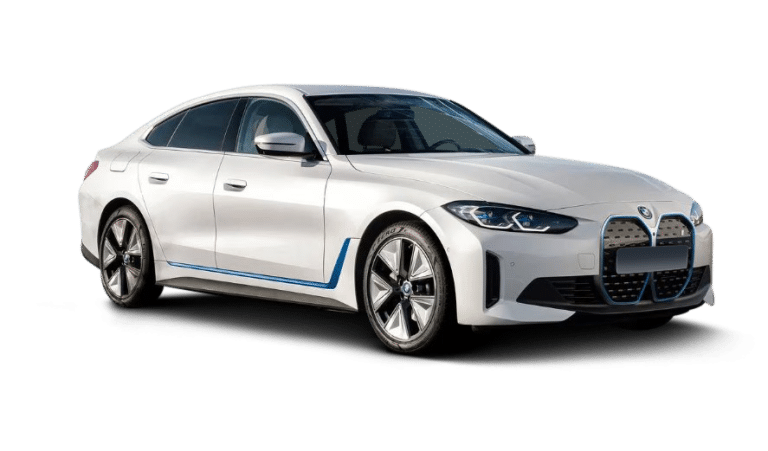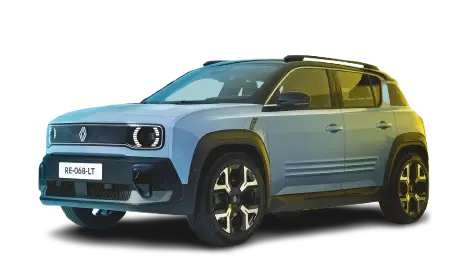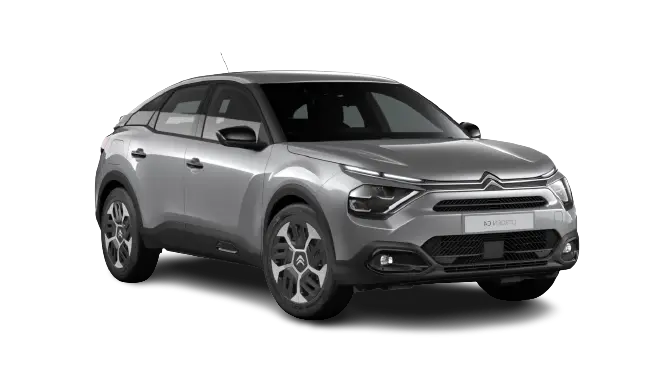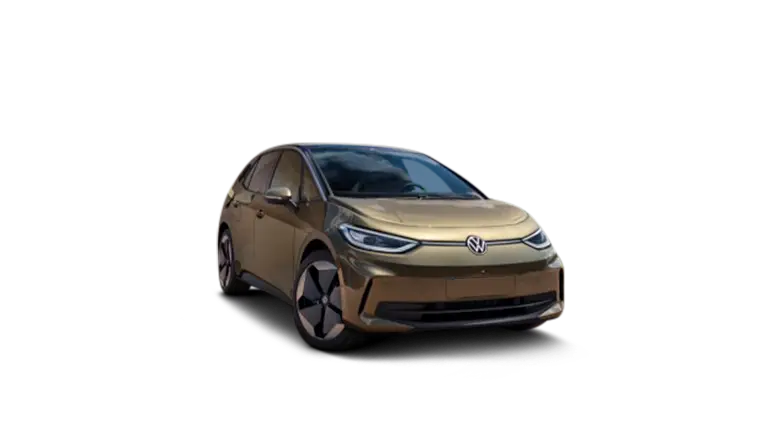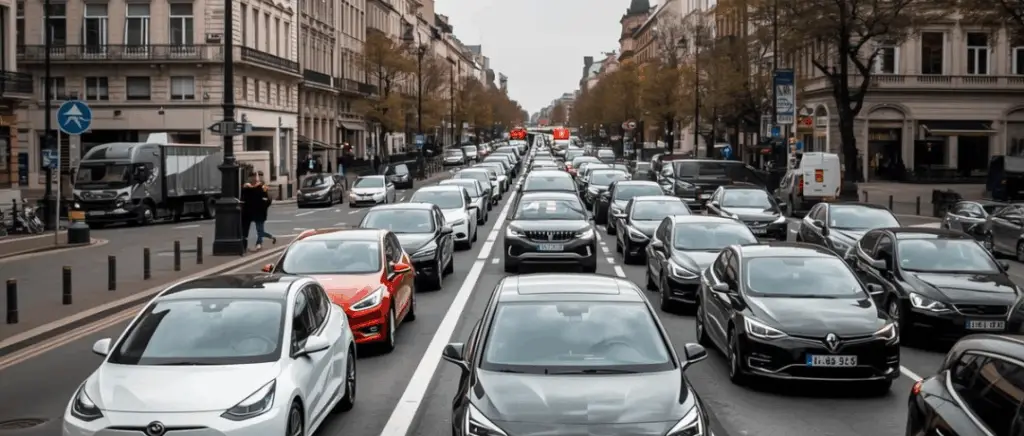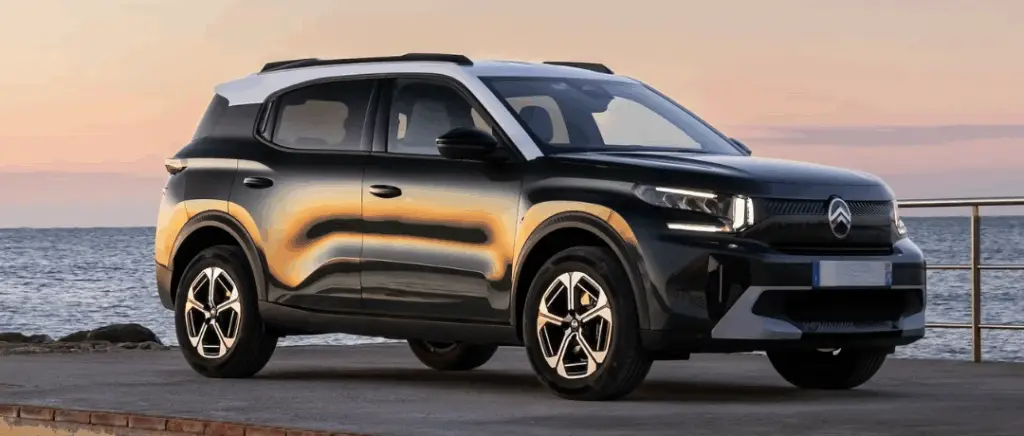Step 1: Which electric car should I choose?
Before going into the details of the batteriesof l'autonomy or broadcasts, you should at least know that there are three types of clean vehicles electrics. At least for the time being.
Hybrid vehicles
The hybrid vehicles are the closest thing to the thermal models you're probably familiar with.
They use both a petrol engine and an electric motor to help compensate for the fuel costs by improving fuel consumption. Because hybrid cars use petrol as their main source of energy, all you have to do is fill up your tank as you normally would and drive off. The best-known hybrids are the Toyota Prius and Hyundai Ioniq, but the list of petrol-electric models is growing. Even the latest Mercedes-Benz GLS uses hybrid technology.
Plug-in hybrid vehicles
Plug-in hybrids go further than conventional hybrids. With their battery technology rechargeable hybrid allows a car to be powered solely by electricity over short distances. Once the battery is exhausted, the vehicle reverts to an ordinary hybrid. It is then powered by fuel, which recharges its batteries using kinetic energy or by using the petrol engine as a generator. However, you can also recharge the battery by plugging the car into any compatible charging station. Depending on your driving needs, you can use electricity to get around town. You can only use the petrol engine for long journeys.
Vehicles 100 % electric (EV)
The electric cars as the Nissan Leafthe Hyundai Kona EV, the KIA Niro EV and the Tesla Model 3 run on, you guessed it, electricity. This segment has come a long, long way over the last decade. In the past, battery-powered models were limited to city cars because of their limited range. Today, there are several options on the market that can travel more than 500 km on a single charge. Charging times have also become shorter, allowing you to drive with fewer constraints.
To find out more: Electric or hybrid car? The best choice.
Key facts about electric cars
First and foremost, the difference between the electric car market and the market forthermal vehicles decreases.
The further we move towards this new technology, the narrower the price gap between internal combustion and electric vehicles.
Over the last ten years, the cost of electric vehicle batteries has fallen significantly. Some electric vehicles can now be considered more economical than their internal combustion counterparts, and will be even more so in the years to come, until their prices cross.
Estimating an electric car beyond the purchase price
In 2024, it is important not to stop at the initial price of the vehicle, which will in no way determine its total cost. Electric vehicles are generally more expensive to buy.
To estimate the purchase price of your future electric car, here are the different criteria to take into account:
- Initial purchase cost
- Maintenance
- Fuel
- Price per km
- Insurance
- Interests
In addition to this, we will ensure that we take account of State aid for electric vehicles, then theconstant increase in fuel tax.
Read also: the profitability of an electric car.
Our selection: Which electric car should you choose?
Discover our Top 3 electric cars of 2024!
Tesla Model 3
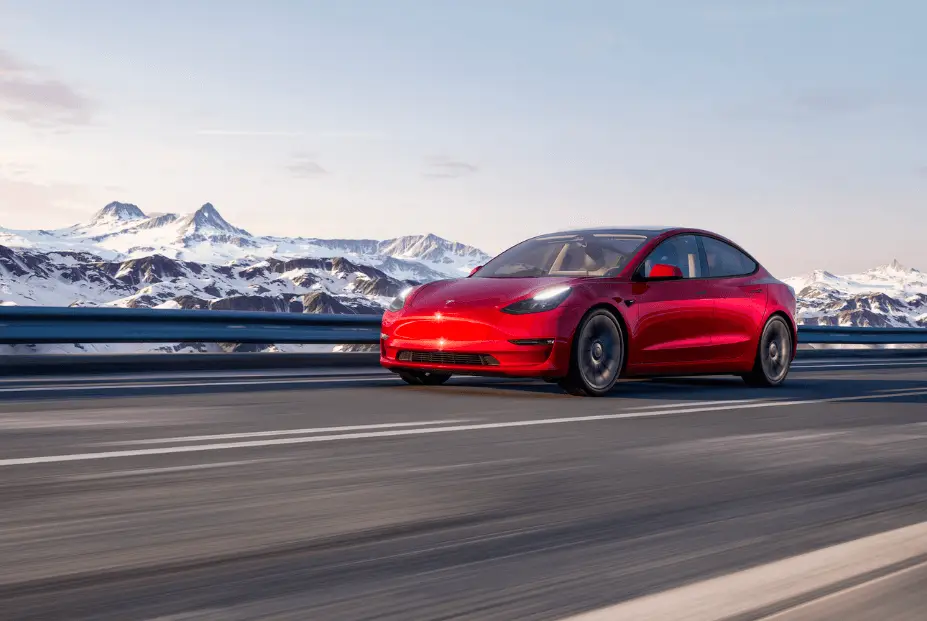
La Tesla Model 3 is available from €53,490 with the Grand Autonomy trim level, as well as two other trim levels: Performance and Propulsion.
The Tesla Model 3 in this High Autonomy trim has a range of up to 629 km in the WLTP cycle and a top speed of 201 km/h.
- Range: 629 km (WLTP)
- Acceleration from 0 to 100 km/h: 4.4 s
- Fast recharge (10 to 80 %): 30 min
- Price: €50,990 (excluding environmental bonus)
Kia Niro EV
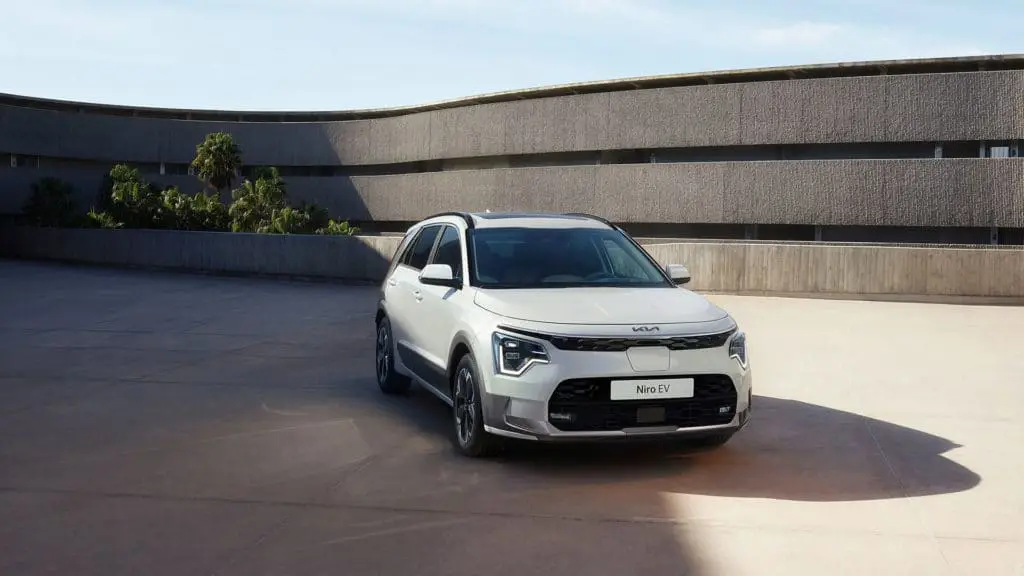
From €44,490 (Motion trim) with its 64.8 kWh engine, the Kia Niro EV (formerly known as the Kia e-Niro) is one of the SUV the most affordable in the car market.
Le Kia Niro EV can achieve a range of up to 460 km in the WLTP cycle with this engine, with 150 kW and 204 bhp.
The Kia Niro EV is also available in 2 other finishes, with the same engine:
- Active: from €46,490
- Premium: from €48,090
Renault Zoé

Crowned best city car, the Renault Zoe e-Tech has sold over 46,000 units and established itself as the essential urban vehicle.
Available from €35,100 for the Balanced trim level, the Renault Zoé e-Tech is equipped with an 80 kW battery, giving it a range of up to 390 km in the WLTP cycle and 110 bhp.
- Range: 390 km (WLTP)
- Price: €35,100 (excluding environmental bonus)
- Acceleration from 0 to 100 km/h: 11.4 s
- Slow recharge (0 to 100 %): 3h min
- Fast recharge (10 to 80 %): 56 min
Step 2: How much will my electric car cost?
Now that you know what types of clean cars are available, you can start deciding which one is right for you. But before you do that, it may be useful to know how much these vehicles cost. Bear in mind that the price of a electric car may be higher - it's generally more expensive than a comparable petrol or diesel model. But in return, you'll make big savings on fuel and maintenance. Over time, it will be equivalent.
Hyundai, for example, is offering the Kona petrol for €20,000. The electric equivalent costs €41,700 in the Intuitive trim (including a €4,000 environmental bonus).
That's a big difference. But if an entry price can scare off some consumers, the State helps to make up the difference by offering financial aid.
Ecological bonus
The ecological bonus or ecologic malus are fiscal methods used to combat greenhouse gas emissions. It helps to steer consumers towards less polluting vehicles. Vehicles with CO2 emissions of 20g/km, i.e. electric vehicles, are eligible for this aid.
The aid is capped at 4 000 € for electric vehicles under €47,000, or 7 000 € for the most modest households (taxable income not exceeding €15,400).
Find out more in this article: Ecological bonus 2024: everything you need to know
Conversion premium
In exchange for an old vehicle that has been scrapped, you can benefit from a "conversion premium". It can be a diesel or petrol vehicle. The amount granted depends on your tax situation It can be either tax-free or taxable, and can be as much as €6,000. To find out the exact amount, you can request a simulation of the conversion premium.
To find out more about the ecological bonus and the conversion premiumplease consult our file on financial aid.
Read also : Everything you need to know about the conversion premium in 2023
Regional aid
Depending on your profile, your region can help you save money on the purchase of an electric car. The amounts vary from region to region. For professionals in the Ile-de-France region, they can be as much as €6,000 for the purchase of a new electric vehicle. All the grants are detailed in our article dedicated to regional aids
Good to know: these grants can be combined, but are often limited to a single purchase per household. It's important to find out more about each type of assistance before taking the plunge. They often only apply to 100 % electric vehicles.
Cross-pricing between electric and combustion engines
For those used to the comfort of a thermal vehiclebuy a electric vehicle in the same model is sometimes a source of concern. The truth is, this is a legitimate reaction, as for some people it's the start of an adventure in totally unknown territory. Especially when you consider the financial stakes involved.
However, we can say today that many people who have tried the electric car have expressed great satisfaction with the change. They say they feel more environmentally responsible and have even made savings in the long term.
For example, here are the changes that switch to electric cars brought to a new Nissan Leaf buyer.
Beyond these factors, the only resistance to the purchase of an electric vehicle is the considerable cost it may have represented in the early days. But those days are over.
You should know that there is now a compromise between their prices.
What you need to consider
First and foremost, the initial price of a vehicle predestines our choice towards the most suitable electric models, whether electric or combustion-powered.
It is after this stage that the two mark their differences.
The costs involved in buying a vehicle are as follows:
For an electric vehicle
- Replacing the battery
- Insurance
- Vehicle maintenance and condition
- Energy requirements
- State aid
For an internal combustion vehicle
- Replacement of mechanical parts
- Insuring the vehicle
- Taking the roadworthiness test
- Financial benefits
- Fuel requirements
Below, we have compared the prices of the 5 cars most popular with the French between the internal combustion vehicle and its electric equivalent, based on their cost of ownership. Clearly, the cost of ownership includes the purchase price of the vehicle, then its maintenance over 5 years of use.
Peugeot : Moving from a 208 to an e-208
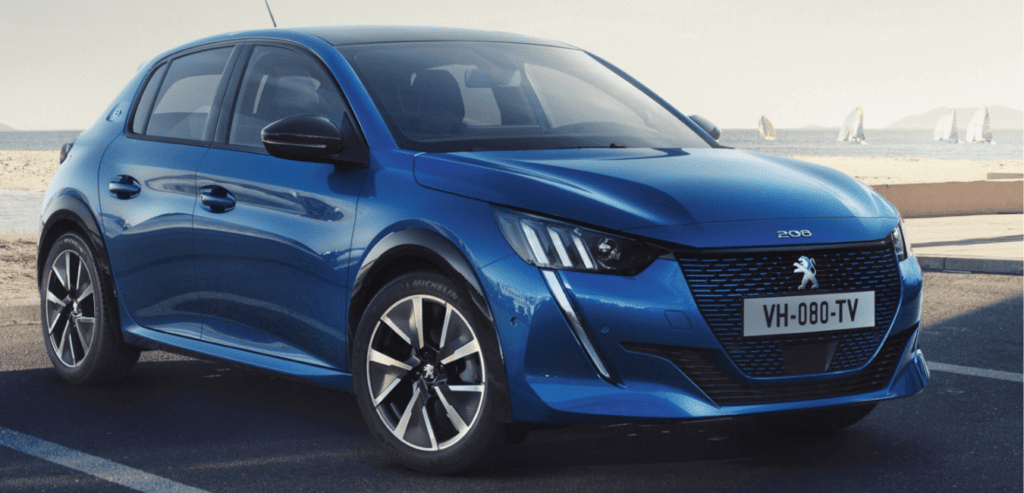
If we now deduct the aid for the purchase of an electric vehicle :
- The Ecological Bonus
- 4 000 €
- Final price of Peugeot e-208 : 34 800 - 4 000 = 30 800 €
- The Conversion Bonus
- Depends on your tax situation
- Depends on your tax situation
(See above for aid amounts)
Savings of over €3,300 over 5 years.
Renault : Switching from a Clio to a Zoe
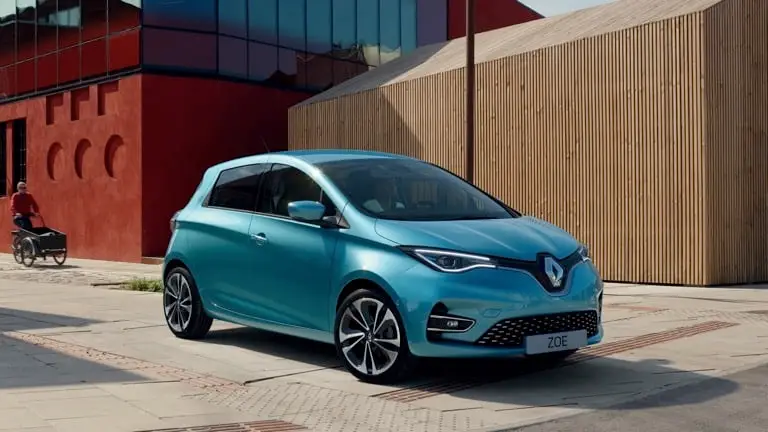
If we now deduct the subsidies for the purchase of an electric vehicle from the total :
- Ecological bonus
- 4 000 €
- Final price of the Renault Zoe e-Tech electric car: €35,100 - €4,000 = €31,100
- Conversion premium
- Depends on your tax situation
(See above for aid amounts)
Savings of over €3,300 over 5 years.
Peugeot : Upgrading from a 2008 to an e-2008

If we now deduct the subsidies for the purchase of an electric vehicle from the total :
- Ecological bonus
- 4 000 €
- Final price of the electric car Peugeot e-2008 : 39 440 - 4 000 = 35 440€
- Conversion premium
- Depends on your tax situation
(See above for aid amounts)
More than €4,300 in savings over 5 years.
Citroën : Switching from an internal combustion Citroën C4 to an electric car
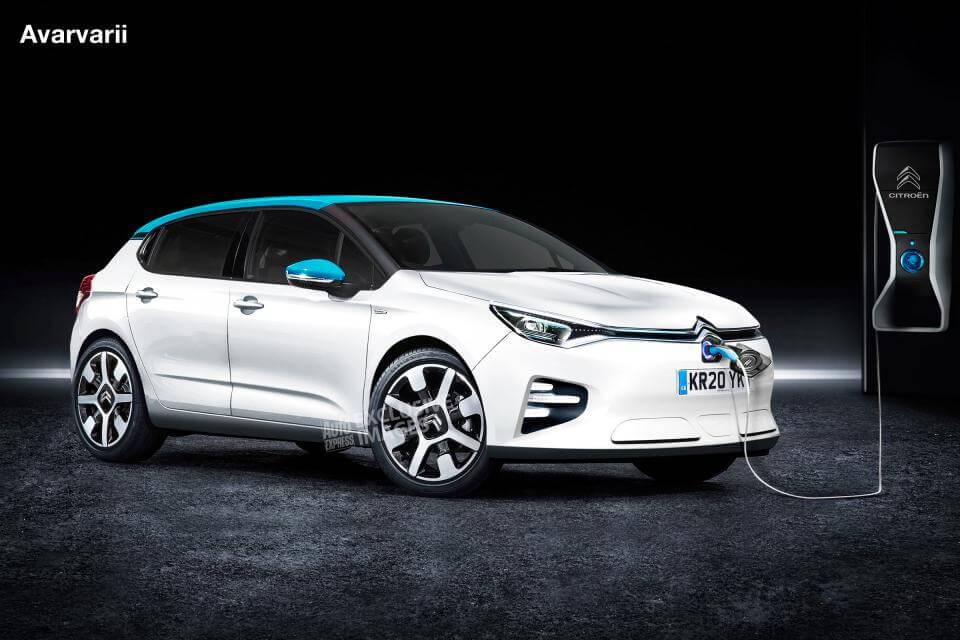
If we now deduct the subsidies for the purchase of an electric vehicle from the total:
- Ecological bonus
- 4000 €
- Final price of the electric car Citroën ë-C4 X : 41 900 - 4 000 = 37 900 €
- Conversion premium
- Depends on your tax situation
(See above for aid amounts)
Savings of over €3,300 over 5 years.
Dacia: Upgrading from a Sandero to a Spring
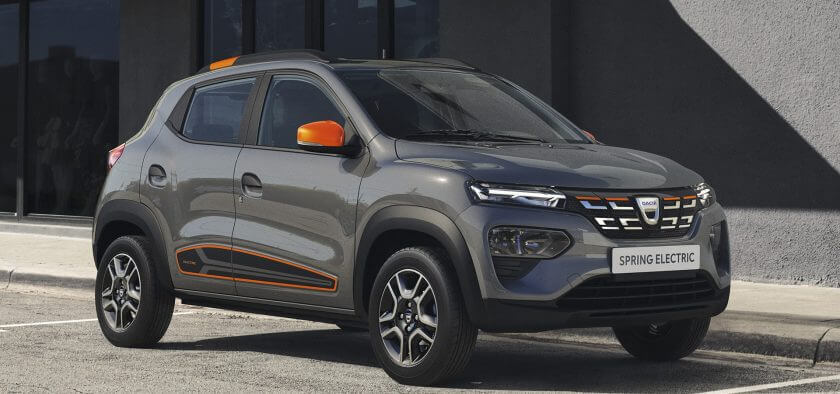
If we now deduct the subsidies for the purchase of an electric vehicle from the total :
- Ecological bonus
- 4 000 €
- Conversion premium
- Depends on your tax situation
(See above for aid amounts)
More than €4,300 in savings over 5 years.
Get a quote Beev offers you charging stations at the best prices! Select a charging point
Step 3: How do I choose the type of refill?
Now that you've chosen your car, you'll need to think about how you're going to use it. recharge. There are three main types of charging system offered by manufacturers of electric cars for the general public.
Domestic socket
You can charge using any standard household socket. This could be the same socket you use to charge your mobile phone. Almost all electric vehicles on the market are suitable for this type of charging, which is very practical because in theory you won't need any additional installation. The problem is that charging takes longer. For example, to charge a Nissan Leaf with a standard charger, you'll need around ten hours.
Charging stations
This is a much faster type of recharging. It often requires installation in your home or workplace. Using the example of the Leaf, a full charge using a charging point takes between 4 hours and 8 hours, depending on the power of your point. Single-phase chargers can deliver between 3.7 kW and 7.4 kW. Three-phase chargers deliver between 11 kW and 22 kW of power. You can get home from work at 7pm and leave the next day at 7am with a full charge. All you need to do is recharge a few times a week, depending on your driving profile.
Fast charging points
Fast-charging stations are more or less the same as conventional charging stations. On average, a fast-charging station delivers 43 kW of power. Some of these charging points can deliver up to 150 kW.
These are industrial chargers capable of recharging your car in a flash. You can recharge your 80 % vehicle in just 20 minutes. These charging points are becoming increasingly popular in France.
Good to know: not all electric cars support this type of charging. And using it too often can damage the battery.
Recharging time is holding many French people back from switching to the electric car. But the figures just keep getting better. For example, Porsche is working on a technology that can recharge your battery in 4 minutes for around 100 kilometres. The Porsche Taycan will be equipped with this technology.
Recharging time also varies according to the condition of your battery, its age and mileage. Visit lithium-ion batteries which will power the vast majority of electric cars on the market in 2019. These batteries lose range over time. Over a 10-year period, the gradual loss could be as much as 30 %. But don't panic: in most cases, electric cars are covered by a manufacturer's warranty (around 8 years or 200,000 km).
Step 4: Where to charge?
We need to be quite clear about the number of self-service charging points in France. We need more. There are many solutions that will make this problem disappear, for example, Google Maps to map all charging points. The application will show EV owners the nearest charging point.
If your plans to buy an electric vehicle are well advanced, we strongly advise you to install a charging system at home. There are several types of assistance available to help reduce the cost.
You have a parking space
The 30 % tax credit
The 30 % tax credit
As the name suggests, this tax credit allows you to reduce your tax bill. You can be reimbursed 30 % for the cost of installing a charging point at your home.
Help from Paris City Council
Paris City Council can finance the installation of a personal charging point in a flat or main residence. This aid amounts to 50 % (maximum: €500) of the work. This considerably reduces the bill.
To find out more about installing electrical charging points, see our guide.
You do not have a parking space
In this case, you'll need to make sure you can charge up at your place of work or at the public recharging. A number of towns have set up parking spaces with charging points for electric vehicles. You have to pay a yearly subscription - usually not very expensive - which allows you to recharge anywhere in the city.
Step 5: Know the limits of your electric car
Many motorists cite a lack of autonomy as a barrier to switching to the car. electric car. It's important to remember that most motorists don't use their car all the time. Switching to an electric car is very advantageous for most motorists.
Beyond that, many electric cars now offer ranges of 500 km. The Model S from Tesla, for example, has a range of 500 km. And the Kia e-Niro can cover up to 550 km in the city. That's more than enough range for the journeys you make. However, you need to be careful how you use your electric vehicle: the range decreases on the motorway.
The weather also has an impact on autonomy, as the battery is less able to withstand low temperatures.
Finally, although many people praise the cleanliness of electric vehicles, the issue of batteries must be raised. Batteries do have to be produced somewhere, and their production does pollute, but the figures are encouraging. On the one hand, a lot of research and development work is being done to reduce the amount of pollutants produced by batteries.carbon footprint. On the other hand, once the vehicle is worn out, the batteries are recycled in other industrial cycles to maximise their lifespan.
If we have to summarise the different stages in a few lines, we need to :
- Identify your needs and choose the right model: 100 % electric, hybrid or plug-in hybrid
- Find out about the grants available to help you pay less for your future vehicle
- Know your options so you can charge with complete peace of mind
- Possibly equip yourself with a personal charging point
Now that you have all the necessary information in your head, take the time to make a considered decision.
